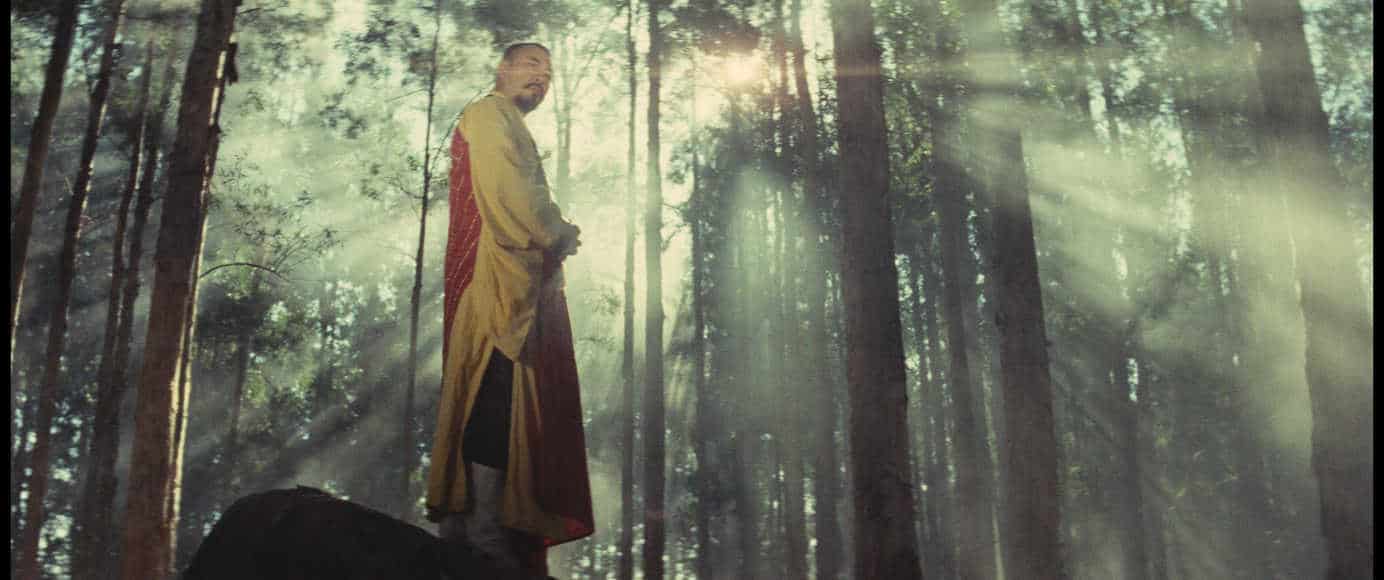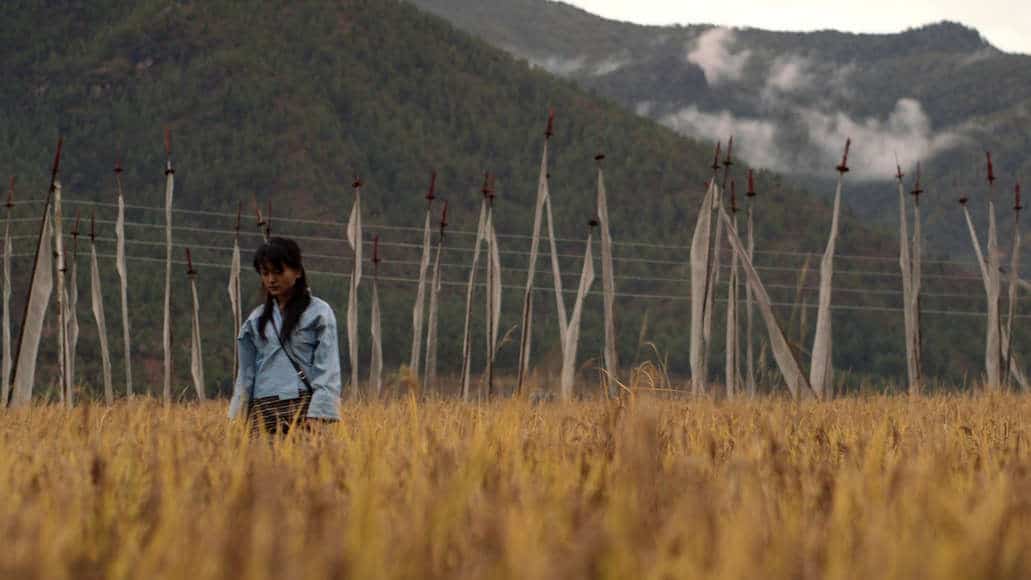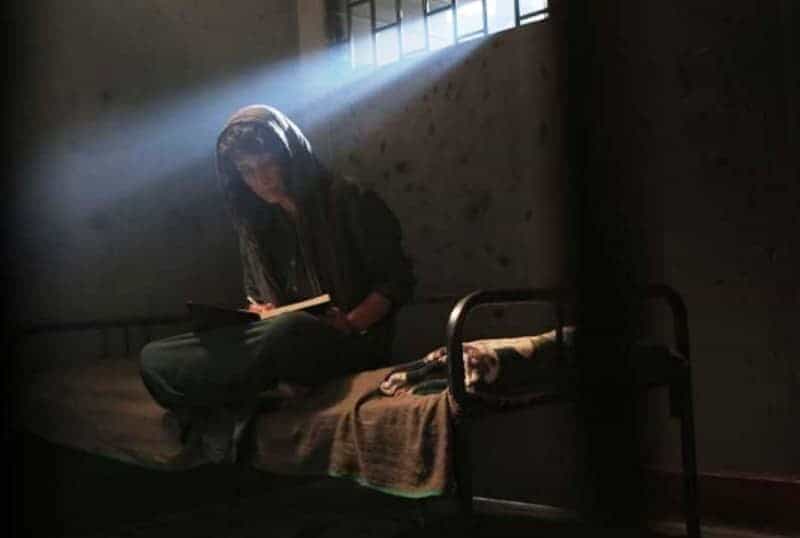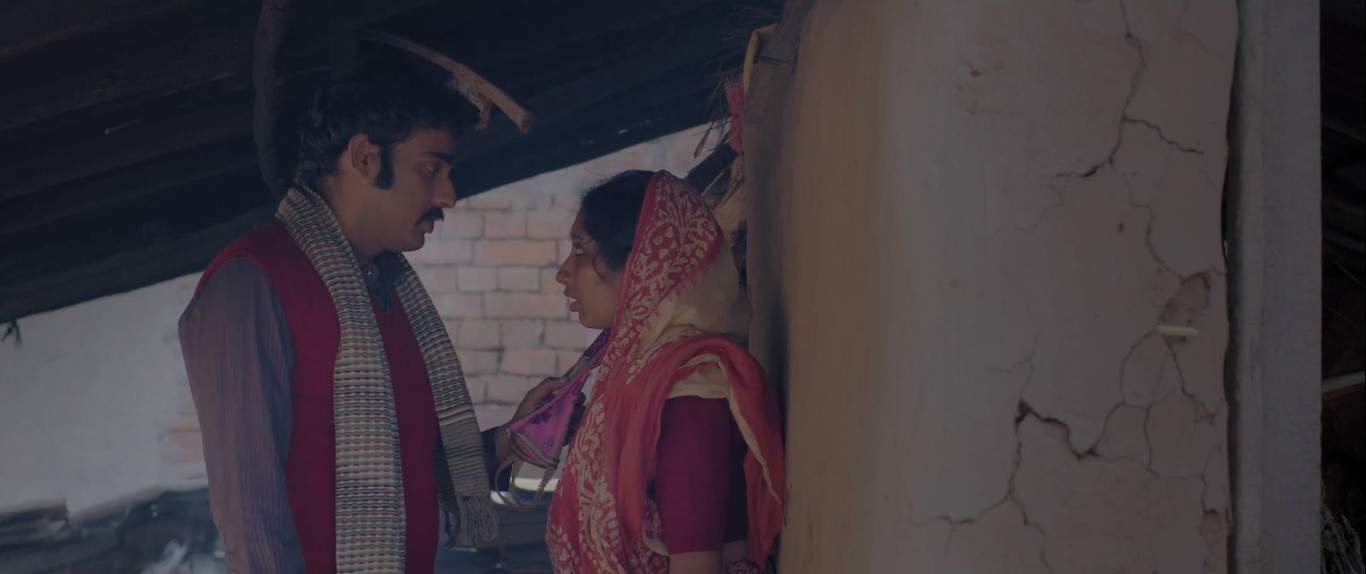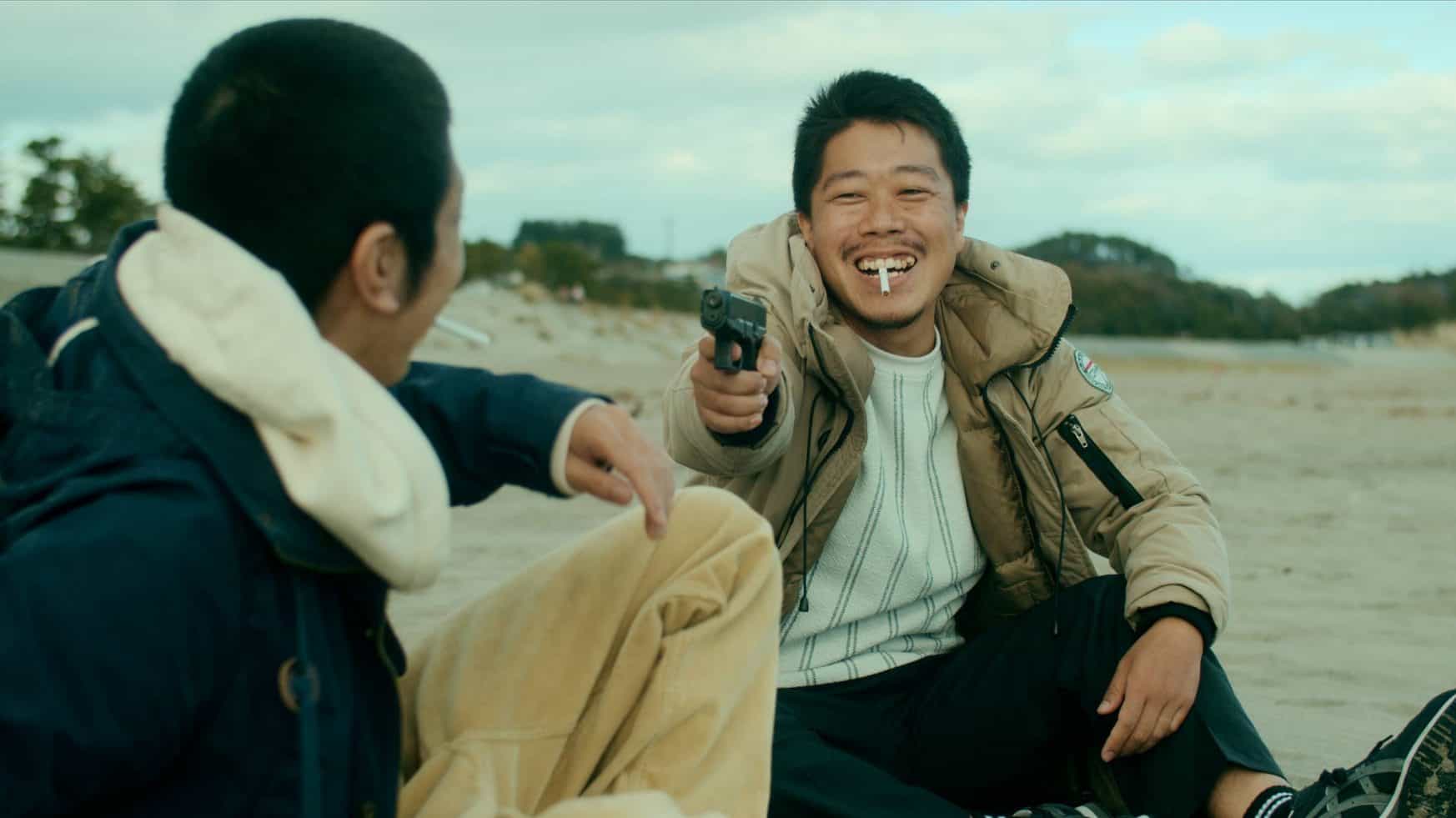The film description, which seems to be truthful, apart from the last sentence which was probably written by Khavn, states: The first film made in the Philippines to feature optically recorded sound was George Musser's Ang Aswang (The Vampire). In 1932, Musser imported 50,000 PHP worth of optical sound equipment and turned his house into a studio. He spent a year shooting the film with Charles Miller as his cinematographer and William Smith as his soundman. Despite its Tagalog title, the film was actually recorded in Spanish and English. The film opened to acclaim at the Lyric on January 1, 1933, then at the Tivoli on January 4. Unfortunately, according to some observers, the sound was sometimes out of sync and inaudible.
According to www.aswangproject.com, no known prints of the film exist. Inspired by this whole concept, Khavn presents his own take of what such a film could look like.
The 7-minute short is comprised of a series of rather strange vignettes in black-and-white. In that fashion, the short begins in a cave, when three priests (?) who wear masks and robes meet five kids. A baptism-like ritual follows, and then two of the priests shoot at each other with carbines across the two sides of a narrow river. Then one of them is shown dancing, before a cow is presented on screen.
Two kid-demons appear then, and while the scenes are changing with uncanny speed, the quality of the image worsens and becomes rather blurry, to the point that the viewer can barely see what is going on. The kid demons are then searching for food in a village and end up with some chickens, two hunters with carbines are roaming the woods before a Khavn-like figure appears behind them, many people are looking outside the same window, and Kristine Kintana is lying dead in the river.
As the film progresses, the music becomes faster and so does the succession of scenes, while the short ends with some (out of sync?) yelling.
As Khavn pays another absurd tribute to a film that was probably a horror, his short seems to follow the visual “rules” of the genre, particularly through the ritualistic images that dominate the narrative. A number of scenes seem to share some similarities with “Ringu” in terms of atmosphere and approach, but again, this lasts for just a few moments, since the trademark chaos of Khavn eventually takes over.
What is rather intriguing in the film, however, is the use of music, with the bell-like soundtrack adding to the ritualistic sense of the narrative, but also, as the speed of music and image increases, becomes the source of great angst for the viewer, a tactic that adds much to its impact.



